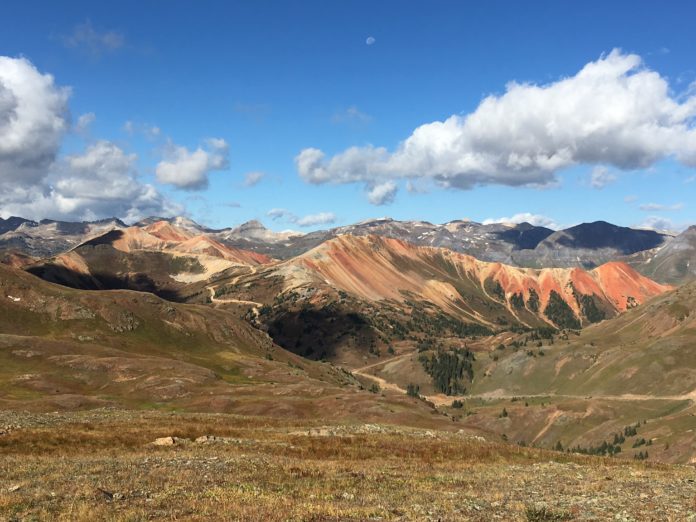

This month is the 175th anniversary of the Treaty of Guadalupe Hidalgo. The 1848 treaty is known for ending the Mexican-American War, but the agreement also brought what is now Texas, Arizona, California, Nevada, Colorado, New Mexico, Utah, Wyoming and the Rio Grande River into U.S. territory.
The U.S. came away from the treaty with roughly 525,000 square miles of land in return for $15 million paid to Mexico to end the fighting.
Britannica noted “The expansion of slavery in the United States had been settled by the Missouri Compromise (1820), but addition of the vast Mexican tract as new U.S. territory reopened the question.” Several subsequent attempts to settle the issue cropped up in the six years following the Treaty of Guadalupe Hidalgo.
Currently, pages from the Treaty of Guadalupe Hidalgo are on display for the first time in Denver at History Colorado in the Borderlands of Southern Colorado exhibition. The state’s historical society said the display is on loan from the National Archives and will be visible until May 22.
The treaty, alongside thousands of others the U.S. has entered into, isn’t talked about often but it did lead to Mexico losing roughly 55% of its territory. The agreement, as noted by Britannica, increased tensions in both counties, both of which broke out into civil wars within four years of each other and within 13 years of the agreement.
Historian and Regis University professor and vice provost for diversity and inclusion Nicki Gonzales noted the finished deal, which didn’t end up including a provision that originally stipulated the U.S. government would honor and guarantee all land grants awarded in lands ceded to the U.S., failed to provide any real protection to landowners in the areas the U.S. gained.
“It became a separate process, where the U.S. Congress would have to validate or legitimate the land grants through an entirely different process, because the U.S. government did not want to relinquish control over those lands,” Gonzales said in an interview on Colorado Matters, a daily interview show produced by Colorado Public Radio. “The separate process meant the U.S. could deny the validity of land grants and thus open it up to American settlement. The result was lots of litigation and lots of struggle.”
Gonzales also noted in that interview the treaty lacked any Indigenous representation from the Comanche, Kyowa, Ute, Apache and other nations. “For them, the treaty meant further dispossession of their lands. All of a sudden they were under the American regime, and so they would lose their lands, and eventually be put onto reservations. It really determined so much of what would come for those Indigenous groups.”
Indigenous representation remains a concern for state lawmakers 175 years later. For the first time, leaders from both of Colorado’s tribes addressed the general assembly at the beginning of the session last month. A 2022 bill requiring the House and Senate to invite representatives from the Ute Mountain Ute Tribe and the Southern Ute Indian Tribe to give an annual address to joint sessions of the general assembly was passed during last year’s legislative session.
Tribal representation is still lacking in many lawmaking decisions outside of the Treaty of Guadalupe Hidalgo. Last year, at the centennial of the Colorado River Compact, legal experts weighed in on the lack of quantifiable water rights for 12 out of the 30 recognized tribes within the compact’s region. In the century since the drafting of that compact, water rights in general remain murky, especially for tribes.

